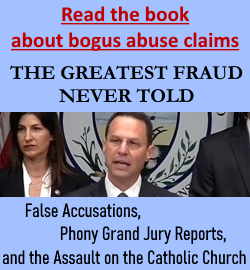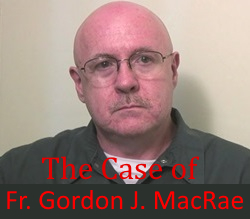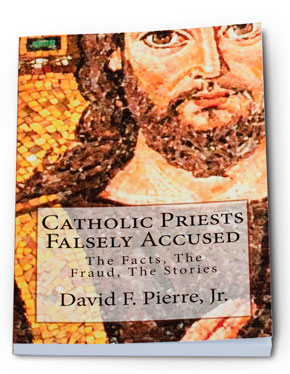Media outlets have uncritically trumpeted a story that claims a 1997 letter is a "smoking gun" that proves that Vatican officials warned Irish bishops not to report child abuse to civil authorities.
In fact, as a cursory look at the letter reveals, it shows no such thing. This "smoking gun" story exhibits all the hallmarks of just another hit job by the media, so-called victims advocates, and dishonest lawyers seeking to portray the Catholic Church in the worst light possible.
An image of the actual letter can be seen at the site of Canada's Globe and Mail. [The letter is here.]
Jimmy Akin at the National Catholic Register singled out Laurie Goodstein at the New York Times for "significant errors in her reporting." Goodstein and others in the media failed to interpret (or just didn't want to) the letter's true content.
The 1997 Vatican letter was simply responding to a proposed document from Ireland about how to respond to cases of child abuse. In the course of the letter, as Akin notes, the Vatican official simply wanted to "emphasize the need for [the Irish proposal] to conform to the canonical norms presently in force."
Adds Akin,
That’s not anything sinister. To give a civil law analogy, it’s a little like warning someone that parts of his proposed law appear to violate the U.S. Constitution. Warning someone that parts of his law appear unconstitutional is not a sinister thing. It’s a way of ensuring justice and avoiding a lot of headaches for everybody.
One might be wrong, and provisions of the law in fact might be fully constitutional (read: canonical), but saying, “Your policy needs to be legal in terms of Church law” is not evidence of evil intent.
Yet Goodstein and others uncritically seized on the words of Joelle Casteix from the advocacy group SNAP (Survivors Network of Those Abused by Priests) that the letter was a "smoking gun" – that it showed that bishops were instructed not to report abuse. That is simply untrue.
Akin adds that the Times' Goodstein was "wrong when she says that the letter states that 'the bishops must handle all accusations through internal church channels,' as opposed (presumably) to reporting predators to the police. [T]he document says nothing of the kind."
Others have noted major problems with the media's portrayal of the letter as well. John Allen at the liberal/dissident National Catholic Reporter notes, "a main concern of the letter is to ensure that when a bishop takes action against an abuser, his edict should stick – suggesting a fairly tough line on abuse, rather than a drive to cover it up."
In addition to Akin and Allen, Phil Lawler at CatholicCulture.org has a good write-up as well. Check it out.
Sadly, many readers have already seen the catchy "smoking gun" phrase in the headline or first paragraph of the story and assumed that the reporting was true. It wasn't. And it seems the truth of the story was not very important to reporters in this case.
Is this just another anti-Catholic hit job from the media? You make the call.








